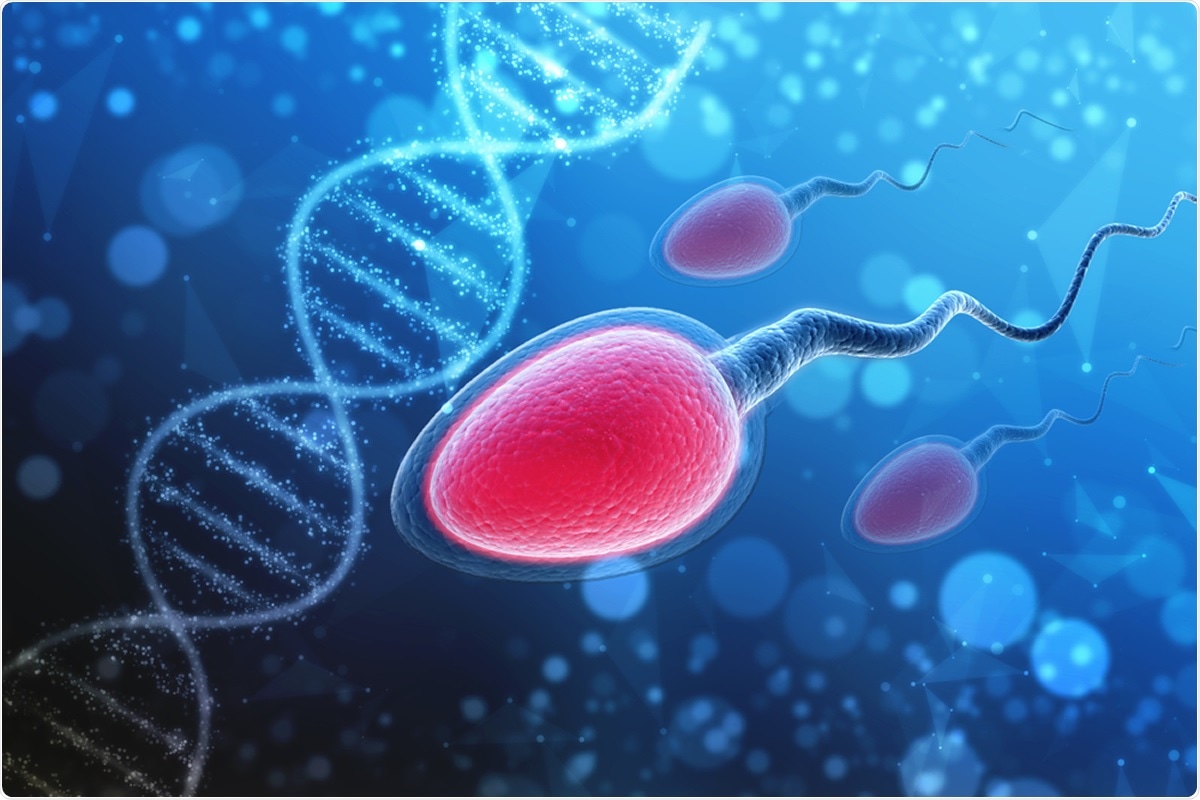Infertility and Bad Obstetric History
Home-> services-> infertility-and-bad-obstetric-history

Infertility and Bad Obstetric History
Overview
There are about 10 million cases of infertility in India every year. So, infertility is very common and it is nothing to be scared about or ashamed of. It is also important to understand the being infertile doesn’t mean that you are sterile—unable to have a child ever. Being infertile is defined as being unable to conceive despite having regular sex without birth control for one year.
It is possible that both the male & female are infertile; this case represents 20% of all situations. While in 65% cases either the male or female is infertile. In rest of the cases the cause is not known.
Causes:
Infertility can be caused due to many factors including lifestyle, sperm related and gynecological factors.
Infertility in men:
Low sperm count: This means that the count of sperms is low or zero. This can be due to various reasons such as smoking, past surgeries and overheating of testicles.
Low sperm motility: Sperm motility is their ability to swim/move. If the sperms move slowly and are sluggish, then, they are said to have low motility. Low motility can cause infertility even if the sperm count is high. Low motility may be due to genetic or physical factors, in such cases it cannot be remedied. But low motility due to lifestyle factors can be remedied.
Other causes are:
- Blockage of sperm ducts
- Abnormally formed sperms.
Infertility in women:
Polycystic Ovary Syndrome: This is the main cause of infertility in women. In this condition the ovaries don’t produce eggs, leading to infertility.
Fallopian tube complications: Damage or blockage of the fallopian tubes is another common cause of infertility in women. Fallopian tubes are responsible for carrying the egg from the ovaries to the uterus.
Endometriosis: In this disease the tissue (called as Endometrium) which normally lines the inside of the womb or uterus and which is normally shed off with blood during periods, grows outside the uterus and is seen involving ovaries, intestines, urinary bladder, the lining of your pelvis and may even spread to distant sites like lungs etc.
Physical & lifestyle factors: Fertility levels drop with a woman’s age, especially after reaching the age of 35. Getting pregnant after the age of 45 is rare. Lifestyle factors such as smoking and being under or over weight can also lead to infertility.
Risk Factors:
Age: Men over 40 are less fertile than younger men. Similarly, getting pregnant after the age of 45 years is rare for women.
Smoking: Smoking cigarettes or marijuana by either partner can decrease the likelihood of conceiving a child. In men, smoking causes low sperm count and erectile dysfunction. While in the case of women, smoking can cause miscarriage and birth defects.
Alcohol: Any consumption of alcohol should be avoided the female partner while trying to conceive or during the pregnancy. Heavy drinking by men can lead to infertility.
Symptoms:
Related to menstrual cycle:
- Irregular cycles.
- Abnormally heavy or light bleeding during periods.
- Absence of menstrual periods.
- Extremely painful periods.
Related to hormones:
- Dark hair growth near chin, lips and chest.
- Reduced sexual drive.
- Loss or thinning of hair.
Symptoms in men:
- Reduced sexual drive.
- Problems with erection & ejaculation.
- Firm and small testicles.
Diagnosis:
For men:
Sperm Analysis: In order to determine or eliminate sperm motility, sperm count or deformed sperms as the reason for infertility this test is conducted.
Genetic and Hormone testing: To ascertain if infertility is due to genetic defects, genetic testing is carried out. Testosterone levels are also checked.
Testicular biopsy: In very few cases testicular biopsy is carried out.
For women:
Ultrasound: Ultrasound is an imaging technique, wherein, ultra sound waves are used to form images of the organs in which the doctor is interested. With the help of ultrasound the doctor may check the fallopian tubes and uterus.
Testing: Ovarian, ovulation and hormone testing are done to ascertain the cause.
Treatment:
Treatment can range from medication to assisted pregnancy procedures and also include altering lifestyle.
Lifestyle factors:
Smoking & consuming alcohol can lead to infertility in either partner. It also includes discontinuing certain medications. Improving the time & frequency of sex is also suggested to improve fertility. Reducing obesity, exercising and diet changes may be recommended too.
Medication:
Medications to improve hormone levels, erection, and ovulation are used. Antibiotics to fight infections affecting the reproductive system may help too.
IUI:
IUI stands for intra-uterine insemination it is also known as artificial insemination. IUI is a form of assisted conception. It involves placing a washed and prepared sperm inside the uterus, this is done to give the sperms a head start and help them to reach the fallopian tubes. Thereby increasing the chance of fertilization and pregnancy. It is generally performed when the sperm count or mobility is low. It is also done when the reason for infertility is not known or the sperms cannot enter the uterus due to scar tissues. It should not be performed when if the woman has endometriosis or disease of fallopian tubes. It should also be avoided when the female patient has a history of pelvic pain.
IVF:
In vitro fertilization is more expensive and invasive then IUI but has a higher success rate. Here the male partner’s sperm and the female partner’s egg are brought together in the lab and the fertilized egg is allowed to grow for 2-3 days after which it is placed in the female partner’s womb.